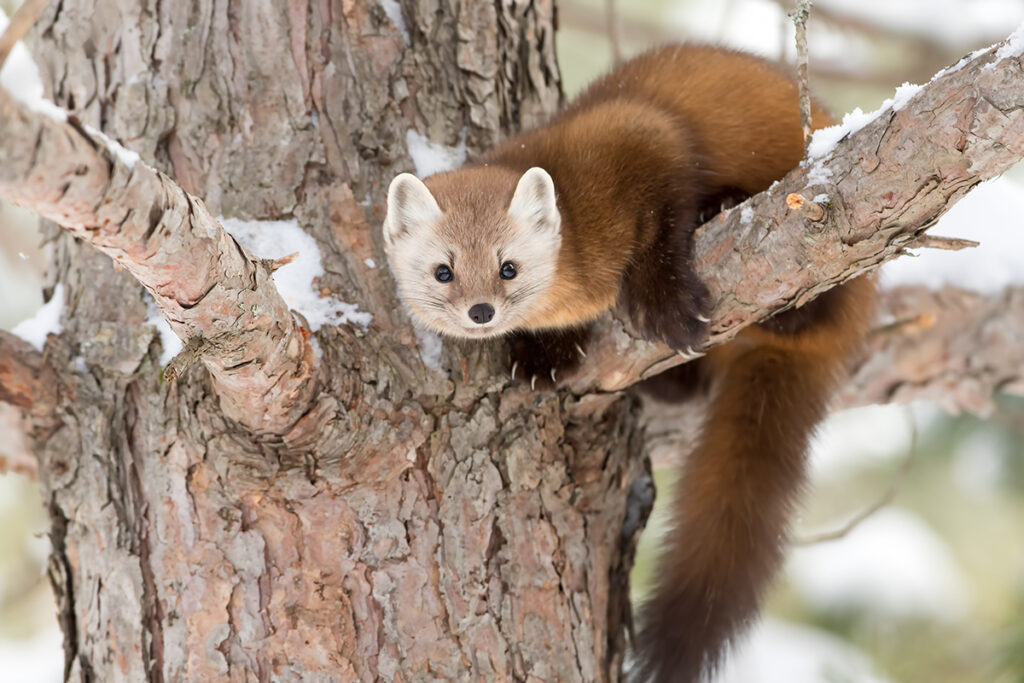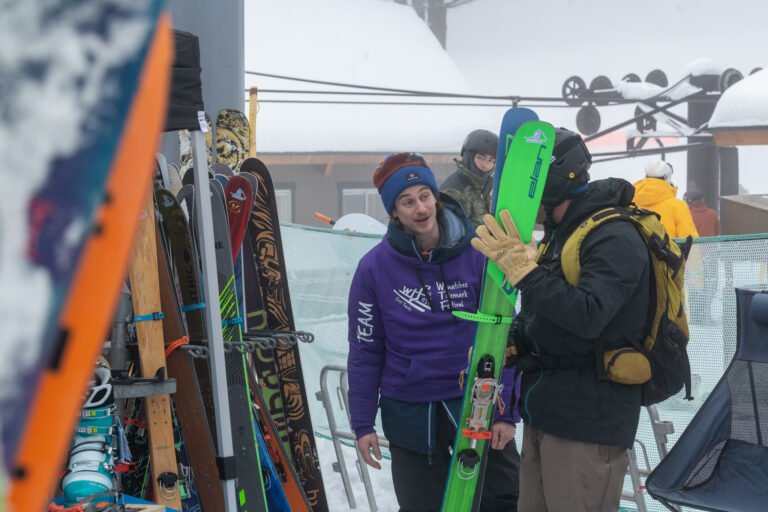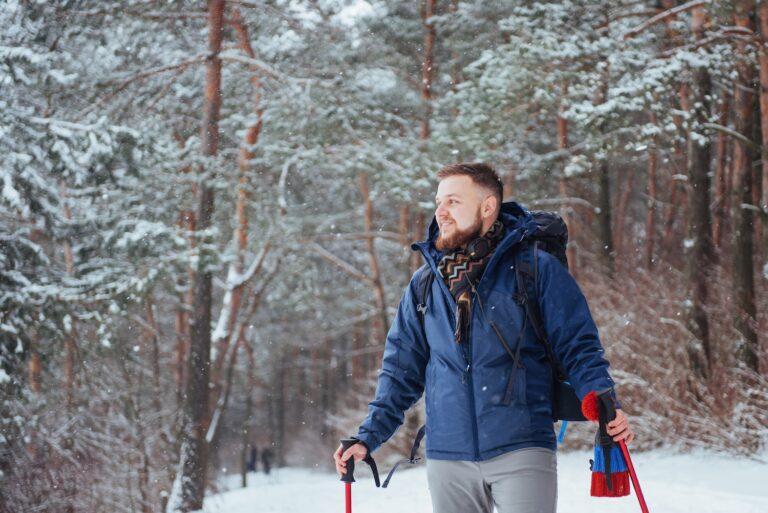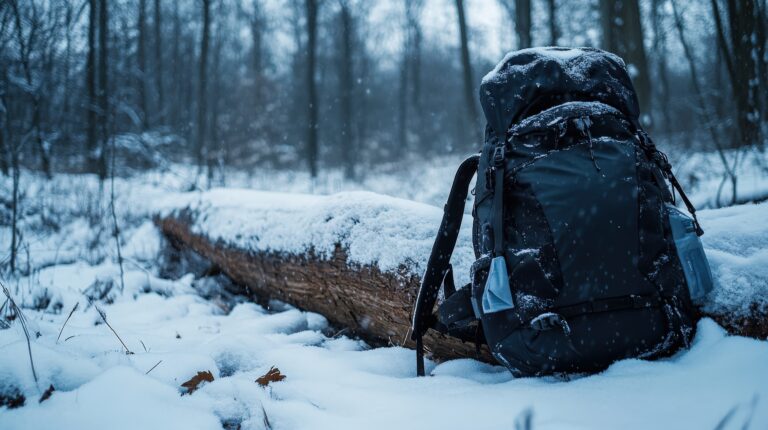I have been fortunate in my rambles and work to have encountered most of the mammals of North America, but there are a few that have remained elusive. This past March, that list got a little shorter. On a backcountry ski trip in the Wallowas, I encountered the American pine marten, Martes amaericana.
Pine martens are part of Mustelidae, or the weasel family, and are closely related to fishers but smaller in size with a distinct bib of contrasting colored fur under its chin. They have long, slender bodies with sharp, curved claws used for climbing. Martens have large, rounded ears and dark eyes, which make them look very alert. They can range in size from 1.5-2.2 feet in length and weigh up to three pounds, with males being larger than females.
The individual that crossed my path was living among some backcountry yurts. Particularly, it had made its burrow in the deep snow up next to the cook yurt. One member of our ski party slept in the cook yurt and reported each morning whether the marten was running across the canvas roof or trying to pry open the door at night.

These animals are opportunistic feeders, and, although voles are one of their primary food sources, they will scavenge the yurt compost pile if not secured. They also hunt animals larger than themselves, including snowshoe hair and red squirrel—two species that are particularly important in winter. In the summer, their diet may switch to more fruits, seeds, and nuts, and they are thought to be important seed distributors. A study in Alaska found that blueberry seeds that were passed by marten in their scat had higher germination rates than those that fell to the forest floor.
I got a few glances at the marten and its triangle face and sharp eyes over our five-day stay. It would stare at me from behind the cook yurt or the wood pile and then quickly disappear into one of its many burrows. As we used our long skis to stay on top of the snowpack, the marten relies on its large feet to act like snowshoes. Every morning, our skin tracks were crisscrossed with the bounding tracks of martens. Frequently, the back paws land on the imprint of the front paws, leaving the track to look like there are two large prints instead of four. This bounding gait, along with their large feet, helps them move easily across deep snow.
Like many fur bearers, martens were heavily trapped in the early 1800’s, depleting their populations. Their winter coats are lush with a thick under coat and longer guard hairs. The inquisitive marten that I saw had a golden coat with a white bib on its chest. In most of their range, the American marten populations have rebounded after the fur trade, but there are still areas of the Northeast like Pennsylvania and Ohio where they have not fully recovered.
Adam is excited for spring flowers and adventures. He will be skiing at least one volcano, running his first 25k and mucking around in streams for work.













